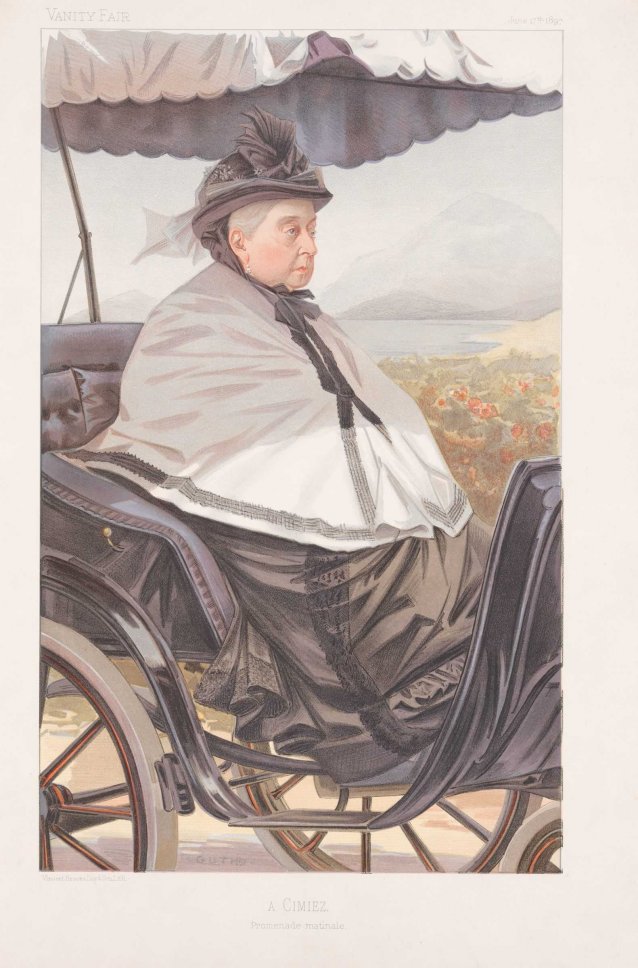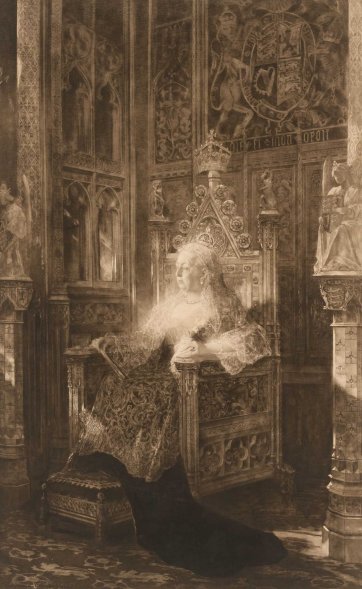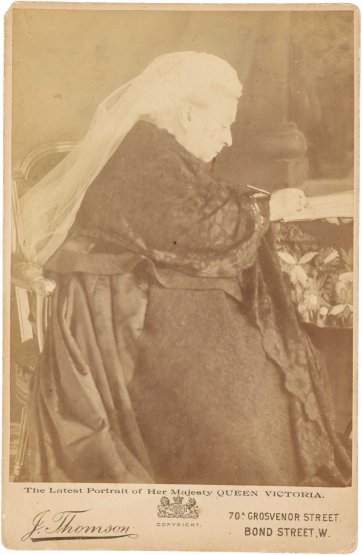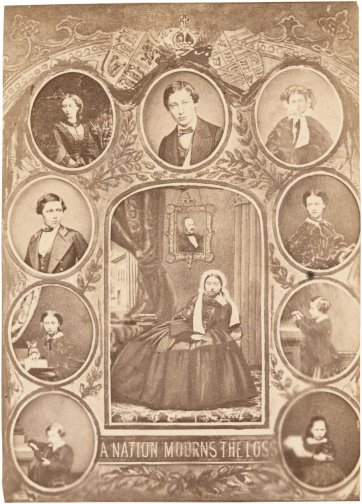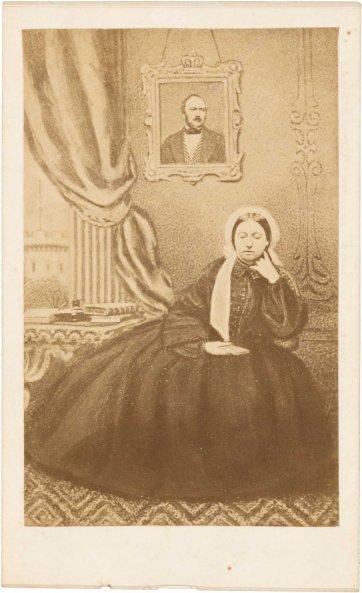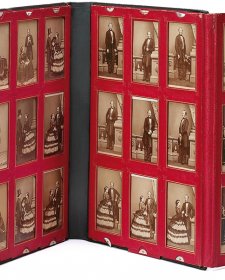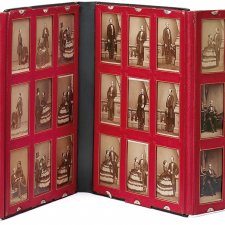Victoria (1819–1901) was Queen of the United Kingdom of Great Britain and Ireland from 1837 until her death in 1901. The daughter of Edward, Duke of Kent, and his wife, Princess Victoria of Saxe-Coburg-Saalfield, she ascended the throne at eighteen on the death of her uncle, King William IV, all of her father’s older brothers having died without fathering any surviving legitimate children. She married her cousin, Prince Albert of Saxe-Coburg and Gotha, in 1840. They had nine children, and on Albert’s death in 1861 she entered a period of mourning that she maintained for the rest of her life. From 1876, she also used the title Empress of India. She gave her name to an era that has since become popularly thought of as conservative, prudish, and antithetical to women’s rights, yet Victoria presided over a vast empire and wielded significant influence on the policies of the many governments and colonies she was responsible for. Victoria and Queensland are just two of the numerous places around the world that are named for her. With a reign of 63 years and seven months, she held the record as history’s longest reigning female monarch, and as the longest reigning British monarch, until she was eclipsed for both titles by her great-great-granddaughter Queen Elizabeth II.
Purchased 2015
The National Portrait Gallery respects the artistic and intellectual property rights of others. Works of art from the collection are reproduced as per the
Australian Copyright Act 1968 (Cth). The use of images of works from the collection may be restricted under the Act. Requests for a reproduction of a work of art can be made through a
Reproduction request. For further information please contact
NPG Copyright.
